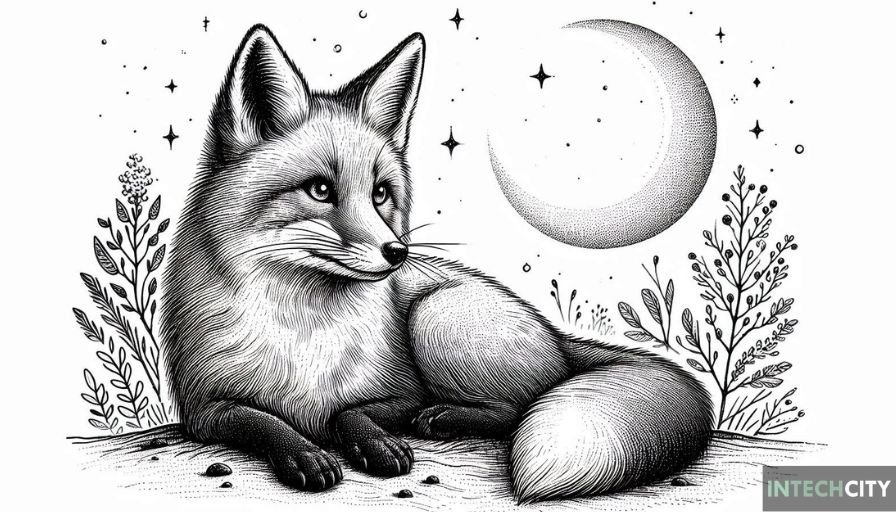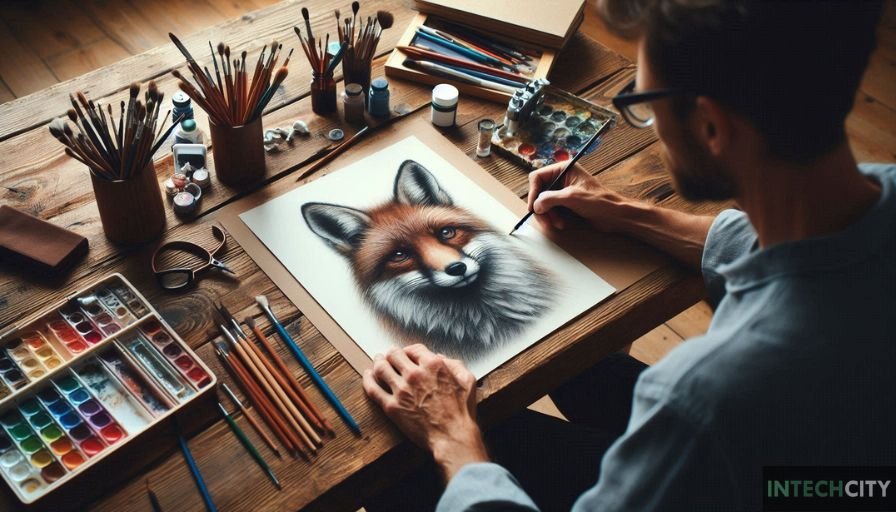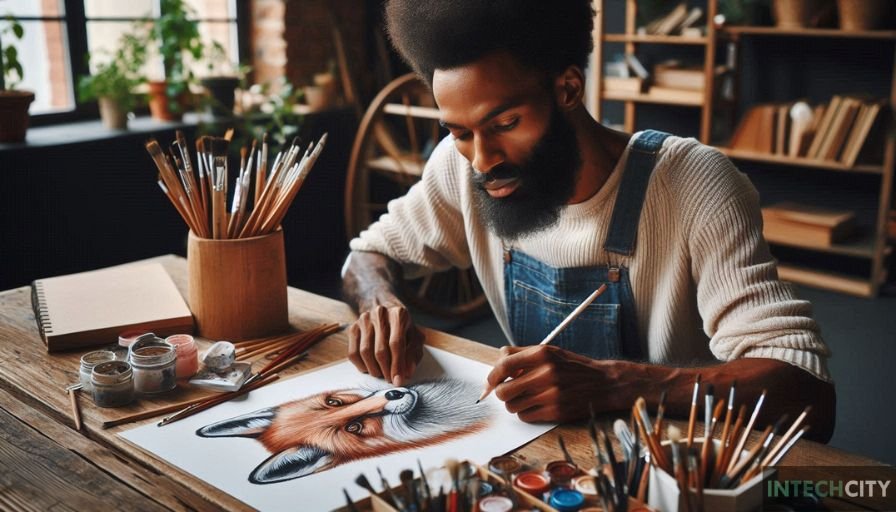Drawing:1enzi6g2cvg= Fox can be both a challenging and rewarding experience for artists of all levels. Foxes, with their sleek bodies, sharp facial features, and bushy tails, present a unique subject that requires careful attention to detail and technique. Whether you’re aiming for a realistic portrayal or a more stylized interpretation, this guide will help you navigate the essential steps and techniques needed to bring your fox drawings to life.
Understanding Fox Anatomy
Before diving into the drawing process, it’s important to understand the basic anatomy of a fox. Foxes belong to the Canidae family, which includes wolves, dogs, and other similar animals. They have elongated bodies, pointed ears, and a distinctive bushy tail. Their bodies are covered in dense fur, which gives them a fluffy appearance, especially around the chest and tail areas.
Proportions and Structure
When starting your drawing, begin with basic shapes to outline the fox’s body. You can use circles or ovals to represent the head, chest, and hindquarters. The legs should be drawn as elongated ovals, with the front legs slightly shorter than the hind legs. Pay special attention to the head-to-body ratio, as this will influence the overall look of your drawing.
Sketching the Basic Shape

Start your drawing with light, loose sketches. This initial phase is all about capturing the general pose and proportions of the fox. Use a simple oval for the body and a smaller oval for the head. Connect these shapes with a thin neck and sketch out the legs and tail.
Refining the Details
Once you’re satisfied with the basic outline, it’s time to refine the details. Begin by adding the fox’s facial features, such as the eyes, nose, and mouth. The eyes should be almond-shaped and positioned towards the top of the head. The nose is small and triangular, while the mouth is a simple curved line.
For the fur, use short, quick strokes to create texture. The fur on the fox’s face and legs is generally shorter and finer, while the fur on its chest and tail is longer and fluffier. Use varying line weights to represent the different fur textures. For instance, lighter strokes can be used for the face and legs, while denser, heavier strokes can be employed for the tail and chest.
Exploring Different Styles
There are various ways to approach Drawing:1enzi6g2cvg= Fox, depending on the style you want to achieve. If you’re aiming for realism, focus on the intricate details of the fur, the sharpness of the fox’s features, and the natural poses. Realistic fox drawings often require careful observation of reference images to capture the animal’s anatomy and proportions accurately.
On the other hand, if you prefer a more stylized or abstract approach, you can experiment with exaggerating certain features, such as the fox’s eyes or tail, to create a unique and artistic representation. Stylized drawings allow for more creativity and can be more forgiving when it comes to proportions and details.
Techniques and Mediums
The choice of medium can greatly affect the outcome of your fox drawing. Here are some popular options:
- Graphite Pencils: Ideal for detailed sketches and shading, graphite pencils allow for precise control over line work and texture.
- Colored Pencils: These add a vibrant touch to your drawings and are great for capturing the rich, warm tones of a fox’s fur.
- Charcoal: Charcoal is excellent for creating deep shadows and contrast, giving your drawing a dramatic effect.
- Watercolors: If you want to add a soft, painterly quality to your drawing, watercolors can be used to create washes of color that blend smoothly.
Capturing Expression and Emotion

One of the most challenging aspects of Drawing:1enzi6g2cvg= Fox is capturing its expression. Foxes are known for their cunning and playful nature, which can be reflected in their facial expressions. Pay attention to the shape of the eyes, the tilt of the head, and the position of the ears to convey different emotions. For example, a fox with wide eyes and perked-up ears might appear alert and curious, while a fox with narrowed eyes and lowered ears could look sly or mischievous.
Tips for Drawing a Fox
- Start with light sketches: This allows you to make adjustments without worrying about erasing too much.
- Use reference images: Observing real foxes or high-quality photos can help you understand their anatomy and proportions better.
- Experiment with textures: Vary your line work to mimic the different textures of fur, from the soft fur on the fox’s face to the bushy tail.
- Practice regularly: Like any skill, drawing improves with practice. Don’t be discouraged by mistakes; instead, use them as learning opportunities.
Conclusion
Drawing:1enzi6g2cvg= Fox is a journey that combines observation, technique, and creativity. By understanding the anatomy of a fox, experimenting with different styles and mediums, and practicing regularly, you can create stunning fox drawings that capture the essence and beauty of this fascinating animal. Whether you aim for realism or stylization, the key is to enjoy the process and let your artistic instincts guide you.


